
7 day vegetarian keto meal plan pdf
Overview of the 7-Day Vegetarian Keto Meal Plan
A 7-day vegetarian keto meal plan provides a structured
approach to following a ketogenic diet without meat. This plan
typically includes low-carb, high-fat, and moderate-protein
vegetarian foods. It simplifies meal preparation and helps
individuals stay in ketosis while enjoying varied and
delicious veggie keto recipes.
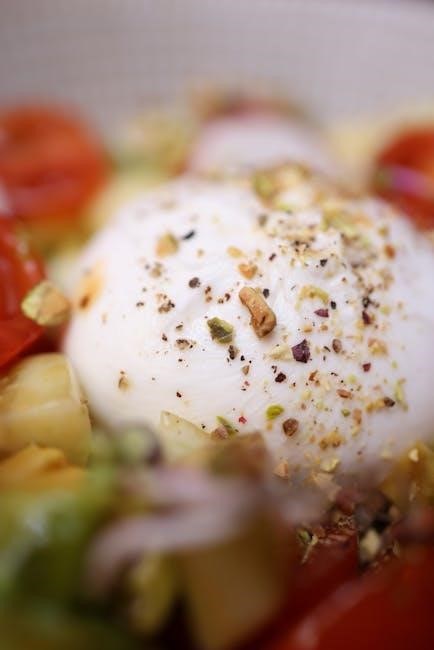
Benefits of a Vegetarian Keto Diet
Embarking on a vegetarian keto diet offers a multitude of
benefits that extend beyond simple weight loss. This unique
dietary approach combines the advantages of both vegetarianism
and the ketogenic lifestyle, providing a powerful synergy for
overall health and well-being.
One key benefit is effective weight management. By restricting
carbohydrates and increasing fat intake, the body enters a
state of ketosis, where it burns fat for fuel instead of
glucose. This can lead to significant weight loss, especially
for those struggling with traditional diets.
Furthermore, a vegetarian keto diet can improve blood sugar
control. Reducing carbohydrate consumption helps stabilize
blood sugar levels, making it an excellent option for
individuals with insulin resistance or type 2 diabetes.
The diet may also enhance mental clarity and focus. Ketones,
produced during ketosis, can serve as an alternative fuel
source for the brain, potentially boosting cognitive function
and concentration.
Additionally, a well-planned vegetarian keto diet can reduce
inflammation in the body. High-fat, low-carb foods, such as
nuts, seeds, and avocados, are rich in anti-inflammatory
compounds that can help protect against chronic diseases.
Finally, by focusing on whole, unprocessed foods, this diet
promotes nutrient density, ensuring you receive essential
vitamins and minerals while adhering to the ketogenic
principles.
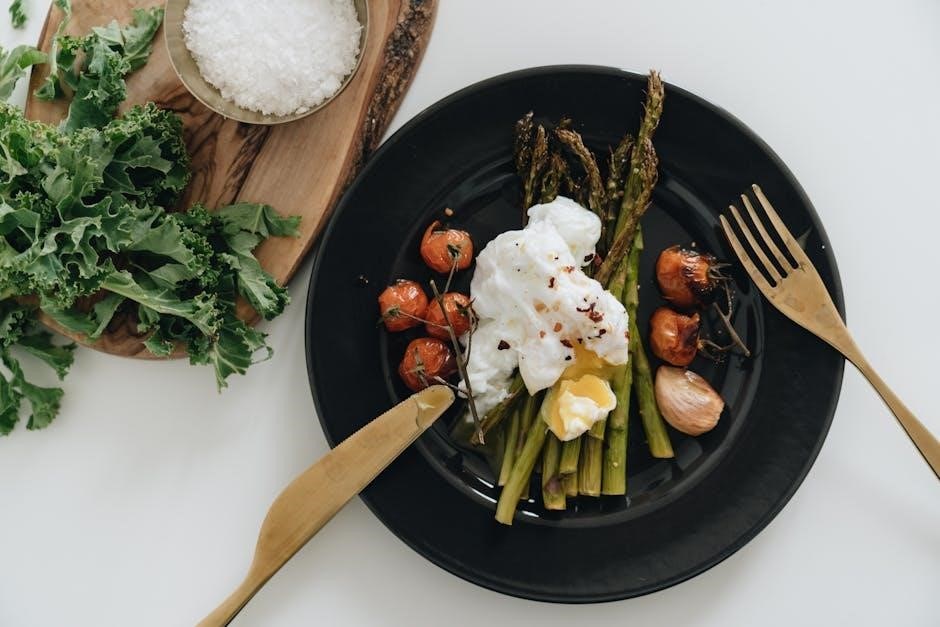
Foods to Include in Your Vegetarian Keto Meal Plan
Crafting a successful vegetarian keto meal plan involves
selecting foods that align with both vegetarian principles and
ketogenic guidelines. Prioritize nutrient-dense, low-carb
options to maintain ketosis and support overall health.
Non-starchy vegetables form the foundation of this diet.
Leafy greens like spinach, kale, and lettuce are excellent
choices, along with cauliflower, broccoli, and zucchini. These
provide essential vitamins, minerals, and fiber with minimal
carbohydrates.
Healthy fats are crucial for energy and satiety. Avocados,
nuts, and seeds (such as almonds, chia seeds, and flaxseeds)
are great sources. Incorporate coconut oil, olive oil, and
other plant-based oils for cooking and dressings.
Dairy products can be included if tolerated. Cheese, heavy
cream, and unsweetened yogurt offer both fat and protein. Opt
for full-fat varieties to maximize satiety and minimize added
sugars.
Eggs are a versatile and nutritious option, providing high-quality
protein and essential nutrients. Use them in omelets, scrambles,
or as a component of keto-friendly baked goods.
Tofu and tempeh are plant-based protein sources that can be
incorporated into your meals. Ensure they are prepared with
low-carb sauces and seasonings to maintain ketosis.
Remember to focus on whole, unprocessed foods to maximize
nutrient intake and avoid hidden carbohydrates.
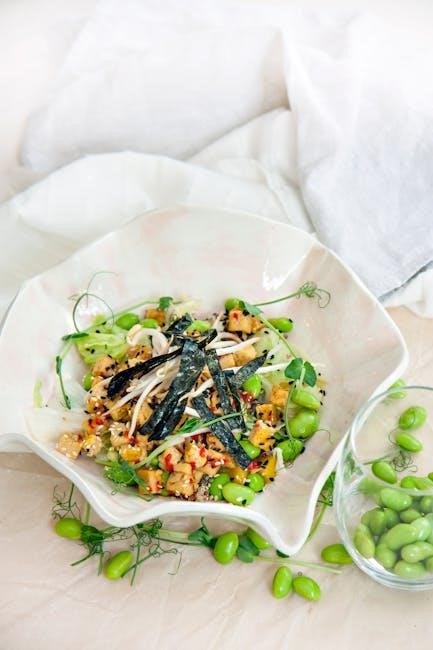
Foods to Avoid on a Vegetarian Keto Diet
Successfully navigating a vegetarian keto diet requires careful
attention to food choices, particularly those high in
carbohydrates. Avoiding certain foods is crucial for maintaining
ketosis and achieving desired health outcomes.
Grains such as rice, wheat, corn, and oats are significant
sources of carbohydrates and should be strictly limited or
avoided. This includes bread, pasta, cereals, and other
grain-based products.
Legumes like beans, lentils, and peas are generally high in
carbohydrates and should be consumed sparingly, if at all.
While some individuals may tolerate small portions, it’s
essential to monitor their impact on ketosis.
Sugary foods and beverages are off-limits on a keto diet. This
includes candy, soda, juice, and desserts. Even natural
sweeteners like honey and maple syrup should be avoided due to
their high carbohydrate content.
Starchy vegetables such as potatoes, sweet potatoes, and corn
are high in carbohydrates and can hinder ketosis. These should
be replaced with low-carb alternatives like cauliflower and
zucchini.
Most fruits are relatively high in carbohydrates, so they should
be consumed in moderation. Berries like strawberries,
blueberries, and raspberries are lower in carbs and can be
enjoyed in small quantities.
Processed foods often contain hidden carbohydrates and unhealthy
additives. Read labels carefully and opt for whole,
unprocessed foods whenever possible to maintain a successful
vegetarian keto diet.
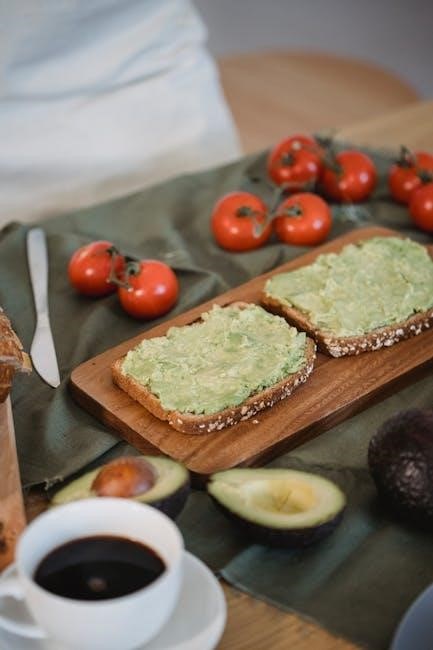
Sample 7-Day Meal Plan: Breakfast Options
Starting your day right on a vegetarian keto diet is essential
for maintaining energy levels and staying in ketosis. Here are
some delicious and nutritious breakfast options to incorporate
into your 7-day meal plan.
Scrambled Eggs with Sautéed Greens: A classic keto breakfast,
scramble eggs with spinach, kale, or other low-carb greens. Add
cheese for extra flavor and fat.
Chia Seed Pudding: Combine chia seeds with almond milk,
protein powder, and a touch of sweetener. Let it sit overnight
for a creamy and filling breakfast.
Three Cheese Quiche Stuffed Peppers: Combine cheese with
peppers for an extra flavour. It has Calories: 245.5, Total Fat : 16.3g, Net Carbs: 5.9g, Protein: 7.8g.
Coconut Yogurt with Chia Seeds: A simple and satisfying
option. Top unsweetened coconut yogurt with chia seeds, nuts,
and a few berries.
Keto Pancakes: Make pancakes using almond flour, eggs, and
a keto-friendly sweetener. Top with butter and sugar-free syrup.
Avocado and Egg Toast (on Keto Bread): Mash avocado on a
slice of keto-friendly bread and top with a fried or poached
egg.
Spinach and Feta Omelette: A flavorful and protein-packed
omelette with spinach, feta cheese, and herbs. These options
provide a variety of flavors and nutrients to keep you
satisfied and on track with your keto goals.
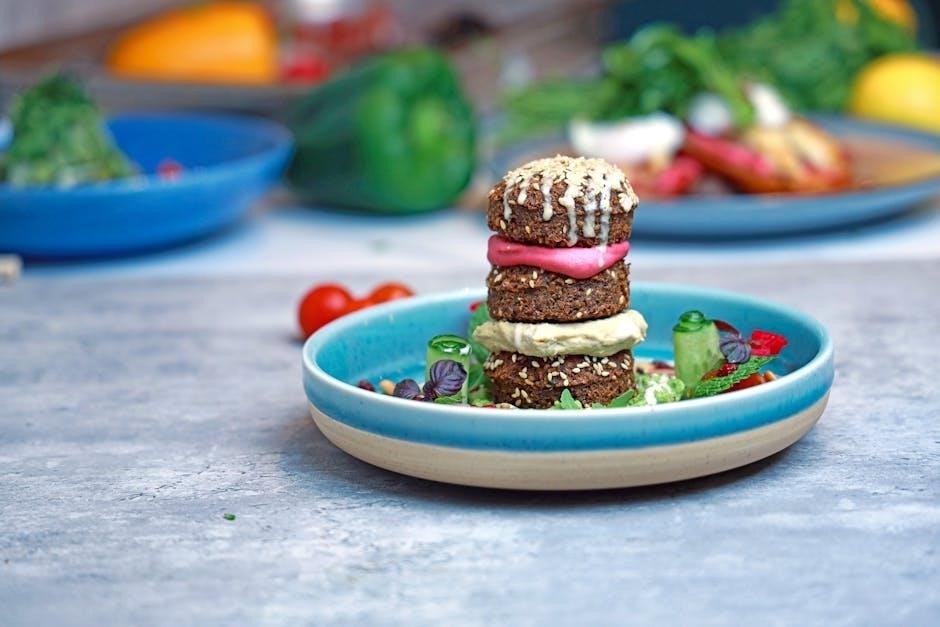
Sample 7-Day Meal Plan: Lunch Options
Lunch on a vegetarian keto diet should be both satisfying and
nutrient-rich to keep you energized through the afternoon. Here
are some delicious and easy-to-prepare lunch options for your
7-day meal plan.
Grilled Paneer Salad: Cubes of grilled paneer cheese served
over a bed of mixed greens with avocado, cucumber, and a
keto-friendly dressing.
Avocado and Egg Salad: A creamy and filling salad made with
mashed avocado, hard-boiled eggs, mayonnaise, and seasonings.
Serve it over lettuce cups or with keto crackers.
Mushroom and Spinach Frittata: A hearty frittata packed
with mushrooms, spinach, and cheese. It can be made ahead of
time and enjoyed cold or warm.
Cauliflower Rice Bowl: Sautéed cauliflower rice topped with
vegetables, tofu, and a creamy peanut sauce.
Zucchini Noodles with Pesto: Zucchini noodles tossed with
pesto sauce, cherry tomatoes, and parmesan cheese.
Stuffed Bell Peppers: Bell peppers filled with a mixture of
cauliflower rice, cheese, and vegetables. Bake until tender and
enjoy as a satisfying lunch.
Chicken Mayonnaise Salad with Cucumber, Avocado, Tomato, Almonds, and Onion: A flavorful and protein-packed salad.
These lunch options provide a good balance of healthy fats,
protein, and low-carb vegetables to keep you full and focused.
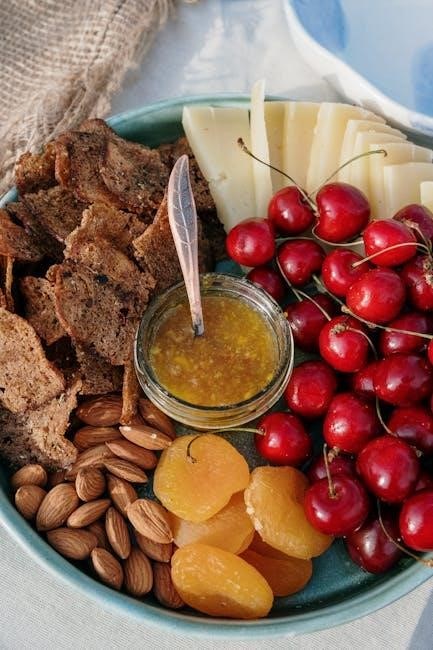
Sample 7-Day Meal Plan: Dinner Options
Dinner on a 7-day vegetarian keto meal plan is an opportunity
to create flavorful and satisfying meals that adhere to the
diet’s guidelines. Here are some diverse dinner ideas to keep
your evenings interesting and your keto goals on track;
Mushroom and Halloumi Skewers: Grilled skewers with
halloumi cheese, mushrooms, bell peppers, and zucchini, served
with a side of cauliflower rice.
Spinach and Ricotta Stuffed Zucchini: Zucchini halves filled
with a mixture of ricotta cheese, spinach, and herbs, then baked
until tender.
Eggplant Lasagna: Layers of eggplant slices, ricotta cheese,
marinara sauce, and mozzarella cheese, baked to perfection.
Tofu Stir-Fry: A stir-fry with firm tofu, broccoli, bell
peppers, and a keto-friendly soy sauce alternative;
Cauliflower Crust Pizza: A pizza made with a cauliflower
crust, topped with your favorite keto-friendly toppings like
cheese, vegetables, and pesto.
Creamy Avocado Pasta: Shirataki noodles tossed in a creamy
avocado sauce with garlic, lemon juice, and parmesan cheese.
Paneer and Vegetable Stir-Fry: Cooked in coconut oil, cauliflower rice, and cucumber raita.
These dinner options provide a mix of healthy fats, protein, and
low-carb vegetables.
Snack Ideas for a Vegetarian Keto Diet
Snacking on a vegetarian keto diet requires careful planning to
ensure you’re meeting your macros and staying satisfied between
meals. Here are some tasty and convenient snack ideas that align
with the keto and vegetarian principles.
Nuts and Seeds: A handful of almonds, walnuts, macadamia nuts,
or pumpkin seeds provides healthy fats and a bit of protein.
Measure your portions to keep carb intake in check.
Cheese: Cheese slices or cubes, such as cheddar, mozzarella,
or cream cheese, are a great source of fat and protein.
Avocado: Half an avocado offers healthy fats and fiber. You
can sprinkle it with salt and pepper or add a squeeze of lemon
juice.
Olives: A small bowl of olives is a low-carb and salty snack
that can help satisfy cravings.
Hard-Boiled Eggs: Eggs are a protein-packed snack that’s easy
to prepare in advance.
Coconut Yogurt with Chia Seeds: Unsweetened coconut yogurt
topped with chia seeds adds healthy fats and fiber to your diet.
Veggies with Dip: Celery sticks, cucumber slices, or bell
pepper strips paired with guacamole or a keto-friendly dip.
Dark Chocolate: A square or two of dark chocolate (85% cacao
or higher) can satisfy sweet cravings while providing antioxidants.
Keto Banana Bread: Enjoy this is moderation as a treat.
These snack options are designed to keep you feeling full and
energized while adhering to your vegetarian keto dietary
guidelines.

Getting Enough Protein on a Vegetarian Keto Diet
One of the primary concerns when following a vegetarian keto diet
is ensuring adequate protein intake. Protein is essential for
muscle maintenance, satiety, and overall health. Without meat,
it’s crucial to strategically incorporate plant-based protein
sources into your meals and snacks.
Eggs: If you consume eggs, they are an excellent source of
high-quality protein. Include them in omelets, scrambled eggs, or
hard-boiled eggs.
Dairy: Cheese, yogurt, and other dairy products can contribute
to your protein intake. Opt for full-fat varieties to meet your
keto fat requirements.
Tofu and Tempeh: These soy-based products are versatile and
can be used in stir-fries, salads, or as a meat substitute in
various recipes.
Nuts and Seeds: While primarily a source of fat, nuts and
seeds also contain some protein. Almonds, walnuts, pumpkin seeds,
and chia seeds can be added to meals or enjoyed as snacks.
Vegetables: Some vegetables, like spinach, broccoli, and
asparagus, contain small amounts of protein that can contribute to
your daily intake.
Protein Powders: Consider using plant-based protein powders
like soy, pea, or brown rice protein to supplement your diet,
especially if you struggle to meet your protein goals through
whole foods alone.
By incorporating a variety of these protein sources into your
vegetarian keto meal plan, you can ensure you’re getting enough
protein to support your health and fitness goals.
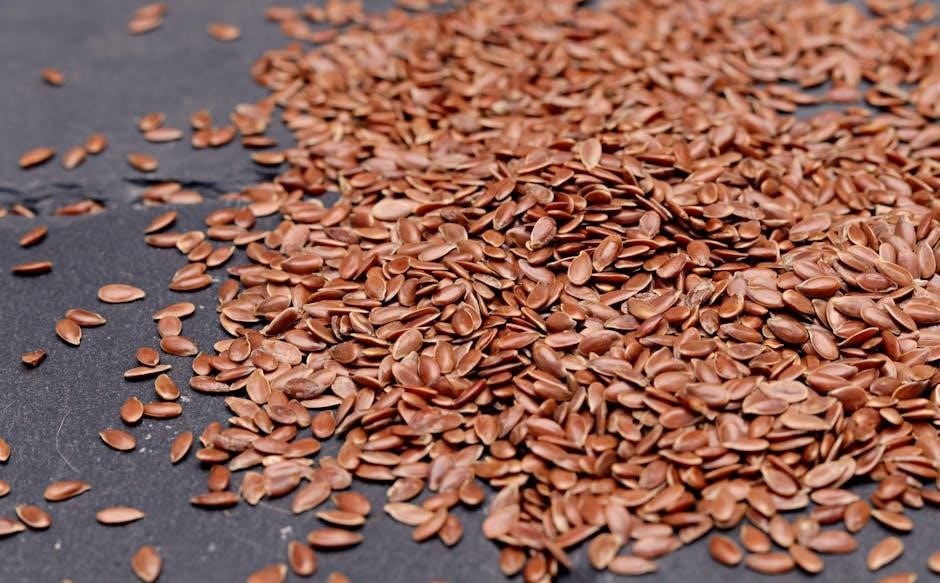
Potential Challenges and How to Overcome Them
Embarking on a vegetarian keto diet can present unique
challenges, but with proper planning and knowledge, they can be
overcome. One common challenge is ensuring adequate nutrient
intake, particularly protein, iron, and vitamin B12, which are
often found in higher quantities in meat.
To address this, prioritize protein-rich vegetarian sources like
tofu, tempeh, eggs (if consumed), and dairy products. Consider
supplementing with iron and vitamin B12 to prevent deficiencies.
Another challenge is dealing with cravings for high-carb foods.
To manage cravings, focus on creating satisfying and flavorful
keto-friendly meals and snacks. Experiment with different recipes
and spices to keep your meals interesting. Planning ahead is
crucial. Prepare your meals and snacks in advance to avoid
impulsive eating.
Social situations can also be challenging, especially when eating
out or attending social gatherings. Research vegetarian keto
options at restaurants or bring your own keto-friendly dishes to
share. Educate your friends and family about your dietary choices
to gain their support.
Finally, some people may experience digestive issues when starting
a keto diet due to the increased fat intake. Gradually increase
your fat intake to allow your body to adjust. Include plenty of
fiber-rich vegetables to promote healthy digestion.
Customizing Your Vegetarian Keto Meal Plan
A 7-day vegetarian keto meal plan serves as a fantastic
foundation, but the beauty of any dietary approach lies in its
adaptability. Customizing your plan ensures it aligns with your
individual needs, preferences, and goals. Start by considering
your calorie needs. Use an online calculator to estimate your
daily caloric intake based on your age, sex, activity level, and
weight loss goals.
Adjust the portion sizes of your meals and snacks accordingly.
Next, think about your favorite vegetarian keto-friendly foods.
Incorporate these into your meal plan to make it more enjoyable
and sustainable. For example, if you love avocados, include them
in your breakfast, lunch, or snacks.
Consider any dietary restrictions or allergies you may have. If
you’re allergic to nuts, replace them with seeds or other
suitable alternatives. If you’re sensitive to dairy, explore
dairy-free options like coconut yogurt or almond cheese.
Experiment with different recipes and flavors to keep your meal
plan exciting and prevent boredom.
Try new vegetarian keto recipes each week to discover new
favorites. Finally, monitor your progress and make adjustments as
needed. Track your weight, energy levels, and overall well-being.
If you’re not seeing the desired results, adjust your calorie
intake, macronutrient ratios, or meal timing.

Where to Find Vegetarian Keto Recipes and Meal Plan PDFs
Embarking on a vegetarian keto journey requires access to reliable
resources for recipes and meal plans. Fortunately, a plethora of
options exist online to guide you. Numerous websites and blogs
specialize in vegetarian and keto recipes. These platforms often
offer detailed instructions, nutritional information, and user
reviews to help you make informed choices.
Look for reputable sources with a track record of providing
accurate and well-tested recipes. Many websites offer free
vegetarian keto meal plan PDFs for download. These PDFs typically
include a 7-day meal plan with breakfast, lunch, dinner, and snack
options, along with corresponding recipes and nutritional
information.
Search for meal plans that align with your dietary needs and
preferences. Consider joining online communities and forums
dedicated to vegetarian keto. These communities provide a
supportive environment where you can share recipes, ask questions,
and exchange tips with fellow keto enthusiasts.
Explore social media platforms like Pinterest and Instagram for
visual inspiration and recipe ideas. Search for relevant hashtags
like #vegetarianketo, #ketovegetarian, and #lowcarbvegetarian to
discover a wealth of recipes and meal planning resources. Remember
to evaluate the credibility of the sources you find online and
consult with a healthcare professional or registered dietitian
before making significant changes to your diet.


Leave a Reply
You must be logged in to post a comment.